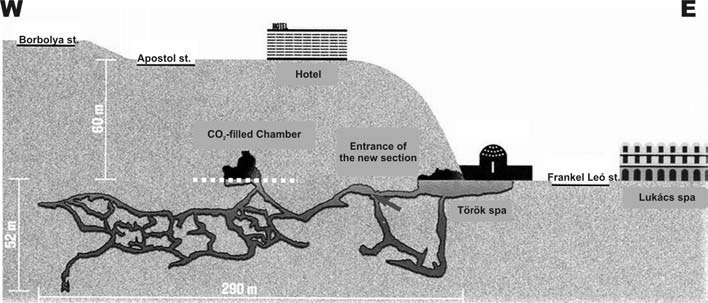Contributions of geophysical techniques to the exploration of the Molnár János Cave (Budapest, Hungary)
DOI:
https://doi.org/10.3986/ac.v39i3.84Povzetek
Located in the centre of the Pannonian basin, one of the hottest basins in Europe withhighaverage heat flow values, Hungary has long been famous for hot water springs and frequent cave occurrences. The Molnár János Cave, an active thermokarstic cave, belonging to the Buda Hills karst system, lies beneatha highly populated district of Budapest. Its large passages are almost completely filled by lukewarm water. Only the upper part of its largest known chamber rises above the water level, whichoffers an excellent site to examine recent cave generation processes. However, hitherto, no dry subsurface gateway existed towards this chamber; it was only accessible underwater. In this paper, we present the results of various geophysical investigations including GPR, magnetic and seismic methods, carried out in a close cooperation between geophysicists and speleologists. The aim of the measurements was to determine the precise position of the hall relative to a nearby drift. Based upon the successful seismic survey and first break analysis, a precise and efficient boring could be designed to realise the connection. Finally, a passage between the two cavities has been established and, thus, the chamber of the cave is now accessible to the whole scientific community.
Prenosi

Prenosi
Objavljeno
Kako citirati
Številka
Rubrike
Licenca
Avtorji jamčijo, da je delo njihova avtorska stvaritev, da v njem niso kršene avtorske pravice tretjih oseb ali kake druge pravice. V primeru zahtevkov tretjih oseb se avtorji zavezujejo, da bodo varovali interese založnika ter da bodo povrnili morebitno škodo.
Podrobneje v rubriki: Prispevki




